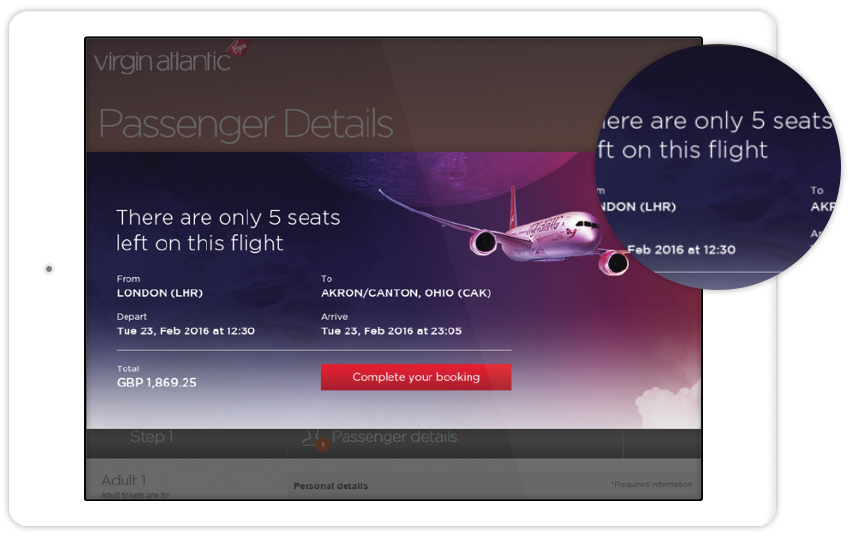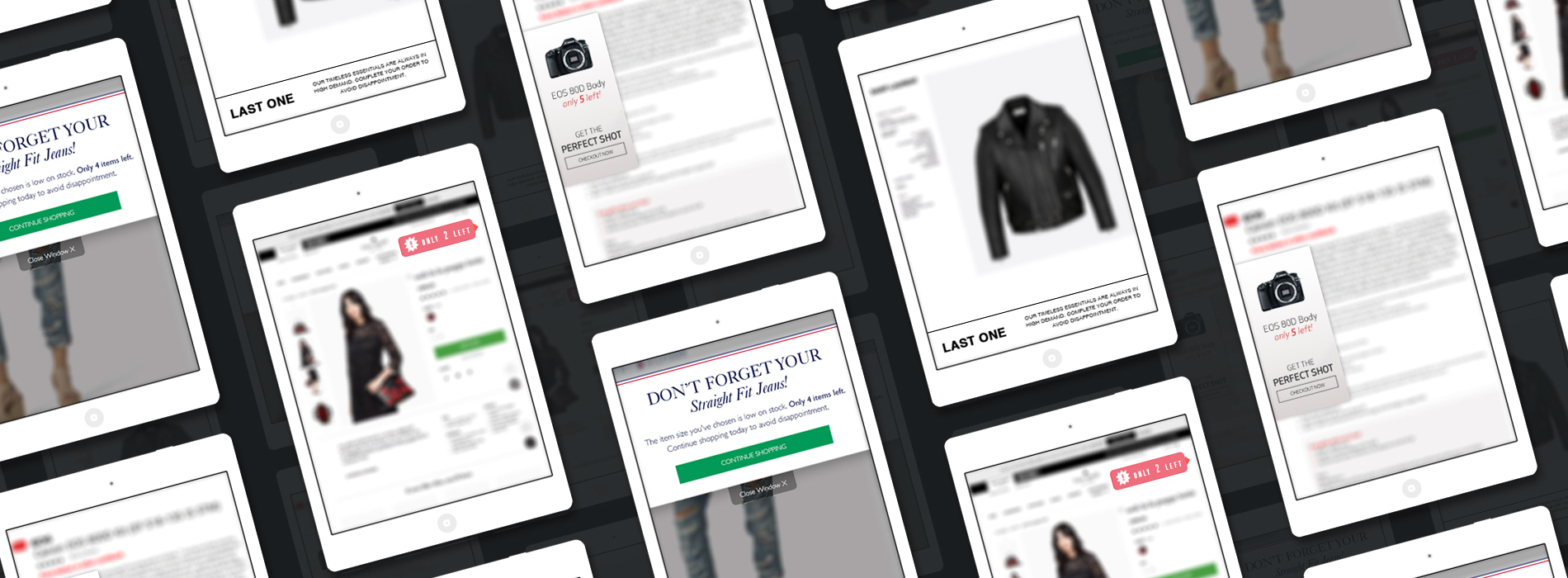We look at how retailers use data on stock levels to inform customers and add urgency to product pages.
Using stock level data on ecommerce sites is a way to provide useful contextual information to shoppers, and can also help to nudge them to make a purchase.
As referenced in this article on Amazon’s use of psychology, showing stock level data introduces an element of scarcity.
Scarcity is one of Dr Robert Cialdini’s Six Principles of Influence, which look at different factors which influence the behavior of shoppers.
it uses the (lack of) availability of a product to sell more to shoppers – if they know an item is scarce, they have to decide more quickly, while increasing the perceived value of the product.
It’s also useful information for shoppers. It saves them from missing out by providing key information.
Here are some examples from retailers.
Wolf & Badger
This is a common way to display stock data on product pages.
It’s relatively subtle and only appears when a size is selected, but the red text makes the message stand out.


Tommy Hilfiger
Tommy Hilfiger uses an overlay to show stock levels to customers. These messages are triggered when users show exit intent such as heading for the browser’s back button.


Zappos
Selecting a shoe size on Zappos triggers the stock level message on Zappos.


Amazon
Amazon uses stock level data on many of its product pages, but doesn’t overdo it.
In this case, it will warn that only a few are left in stock, but softens the urgency by telling customers that more will be ordered.


On other occasions it will warn customers that they need to order soon if they want to secure items.
By not over-using scarcity, customers learn to trust these messages, meaning they have more impact.
Hotels.com
These messages on search results pages give users an indication of how popular hotels are, and how long they have to decide.
Travel sites can be guilty of bombarding users with urgency messaging, but this is useful information.


Virgin Atlantic
Virgin Atlantic shows messages like the one below when people are about to abandon a flight booking.
Messages like this can also be triggered when shoppers become inactive on a particular page, or in response to an action taken, such as clicking a button or link.


YSL
This is nice clear messaging from YSL, telling customers this is the last item in stock, making it clear that they run the risk of missing out.


In Summary
Showing stock level data to potential customers is a great way to help customers by providing key information, and to drive sales through scarcity.
It’s important to make sure customers trust these messages though, as the power of scarcity messaging can become diluted through over-use.
In addition, messaging should be used in a way that helps to influence the customer but doesn’t interrupt them too much. They should be able to close messaging easily if they chose to ignore it.
Speak to an expert
Learn how to convert your online audience into revenue with our experts.
Graham Charlton
Graham Charlton is Editor in Chief at SaleCycle. He's been covering ecommerce and digital marketing for more than a decade, having previously written reports and articles for Econsultancy. ClickZ, Search Engine Watch and more.








![Valentine’s Day Ecommerce Tips and Trends [2024 Strategy]](https://www.salecycle.com/wp-content/uploads/2019/01/valentines-ecommerce-1.png)




![How SaleCycle helped Vodafone increase their online sales by an additional 2,000 additional sales per month [Extended Version]](https://www.salecycle.com/wp-content/uploads/2023/08/vodafone-banner.webp)




